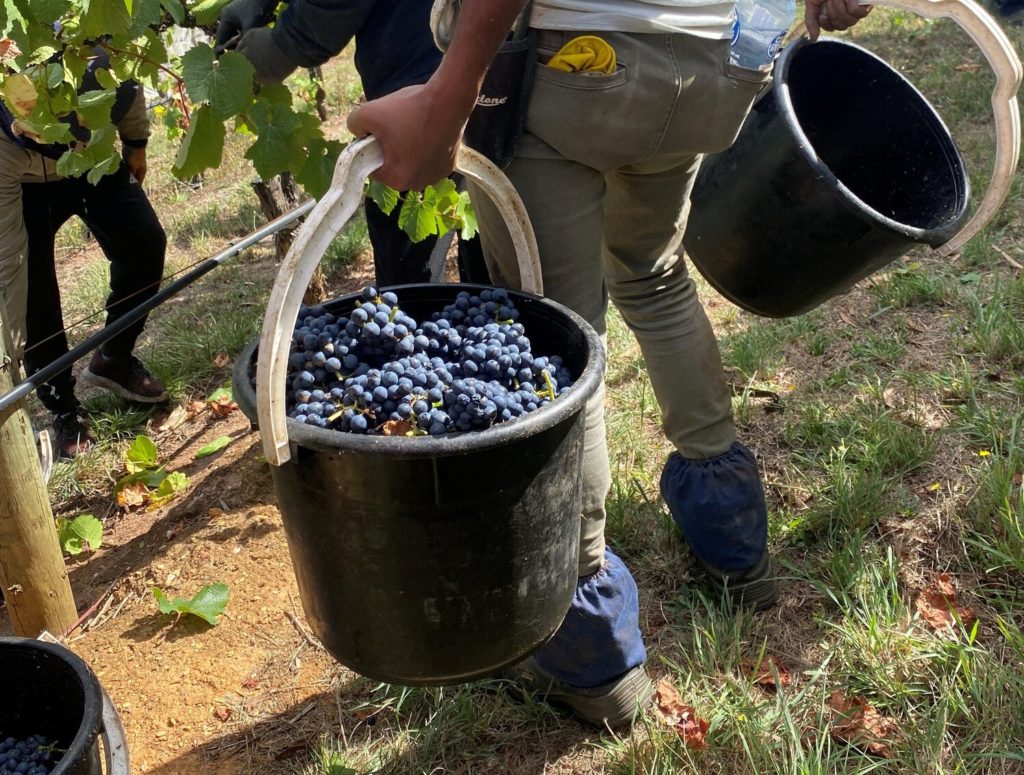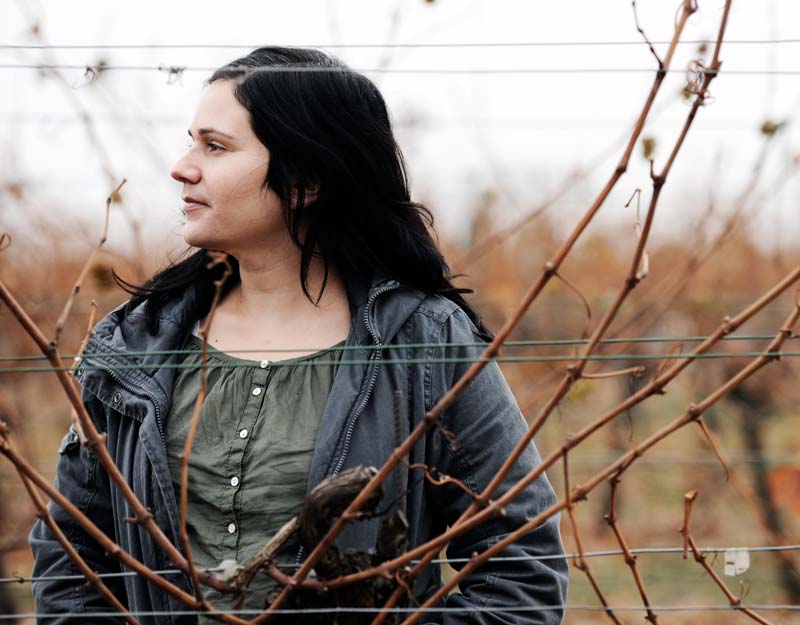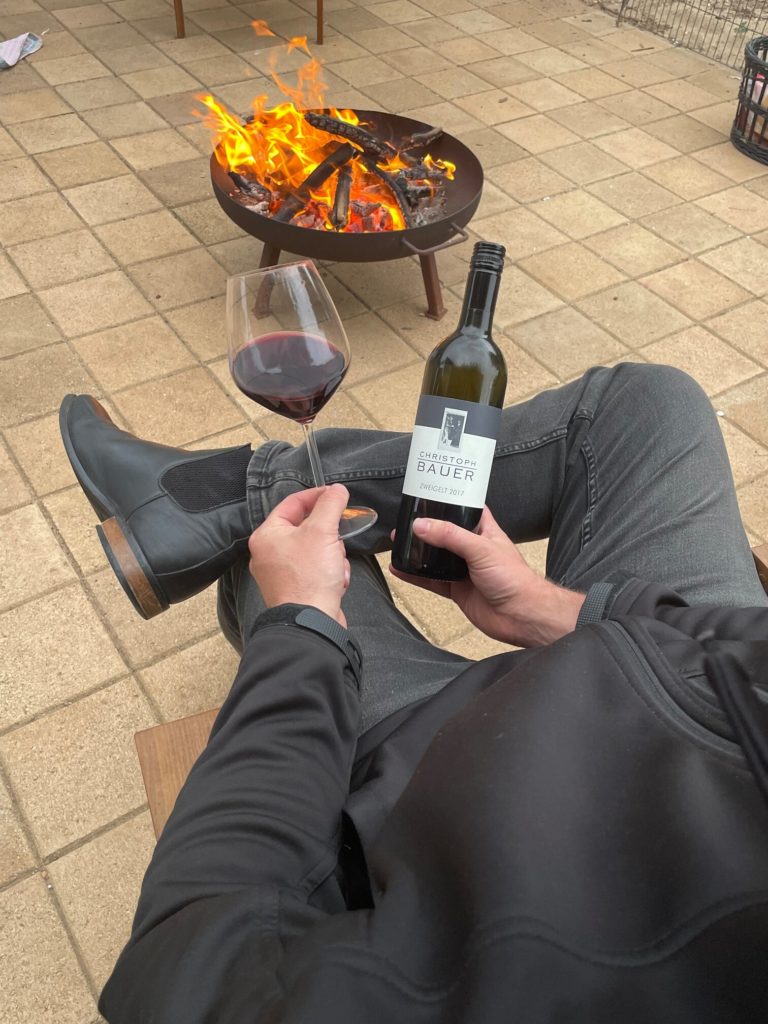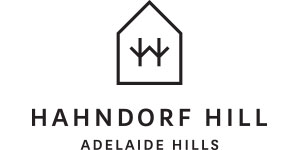
At the time of writing this article, we find ourselves at the halfway point of the 2022 vintage. Larry and his team have swung their minds away from our signature white varietals and we are preparing to harvest our reds, the first of which is Zweigelt.
Zweigelt is a variety we have a history with; regular readers may remember our earlier vintages were made as a textural rosé. Over the years the style evolved into a summery, light red made in the ‘spirit’ of a Beaujolais, but as the vines are getting older, the style is moving towards a more full-bodied wine.
To better attune ourselves to what the 2022 Hahndorf Hill Zweigelt will have to say, I thought it timely to delve into the cellar and draw out a handful of Austrian examples for calibration purposes. Let us taste through what some of my favourite European producers have released into the wild, for strictly academic purposes, I assure you! That they will no doubt be delicious is a bonus.
Hubris is an ultimately self-sabotaging trait in most vocations but is especially pernicious in a winemaker. It is for this reason that whenever we look for a benchmark upon which to calibrate or measure our Austrian red varietals, we first look to a handful of marquee producers from the Burgenland region – a red wine powerhouse and home to names such as Pittnauer, Gesellmann and Beck, all leaders in their field and deserving of every respect and accolade.
The first Zweigelt I would like to share with you is the 2016 Beck ‘Bambule!’ and while I have written to you of Beck wines once before, I like them so much I beg you to indulge me in a little walk down memory lane. Judith Beck is the real deal; hailing from a line of winemakers and a graduate of one of the world’s most prestigious viticultural universities, the famous Klosterneuburg. She has credentials to burn but there is nothing of the wine snob about her. Her home is smack bang in the middle of her vineyards and she values her connection to the healthy and fertile land above all else.
Her wines speak of their place and bear only the faintest whisper of human intervention; the wines in her ‘Bambule!’ range are all bottled unfiltered and without the addition of So2. This gives the wines a naturally cloudy appearance but offers a glimpse into a land populated by untamed yet still incredibly sophisticated examples of Zweigelt, Blaufrankisch, Chardonnay, Welschriesling and Pinot Blanc. Judith Beck has struck the balance between natural and palatable that has (in this writer’s humble opinion) eluded most producers of this style.
The 2016 Beck ‘Bambule!’ Zweigelt was gently de-stemmed and the loose berries were then rested under a blanket of carbon dioxide to slowly macerate carbonically for two to three weeks. The slow and cool ferment provided the perfect landscape for the tannins to emerge as gently as I have ever seen, which under normal circumstances would limit a wine’s cellaring potential. But as the wine was bottled cloudy the yeast lees must have scalped any rogue oxygen and provided a counter to the typically life limiting mellow tannins. This is not quite mad scientist stuff, but it is close! This level of intimate understanding of the fruit’s potential can only come from completely devoting oneself to the place, cause and philosophy. Judith Beck has made that commitment and the wines have rewarded both her and everyone else lucky enough to drink them.
The first thing that struck me about this wine is the bouquet of crushed herbs such as tarragon and clove followed by a tumble of red and black fruits. The acid profile is subtle but skilfully guides the fruit and spice along the palate; most uncharacteristically for a wine made in this style it is revelling in its maturity. Most ‘natural’ wines will have fallen over long before their sixth birthday but this one is perfectly content, and so am I.
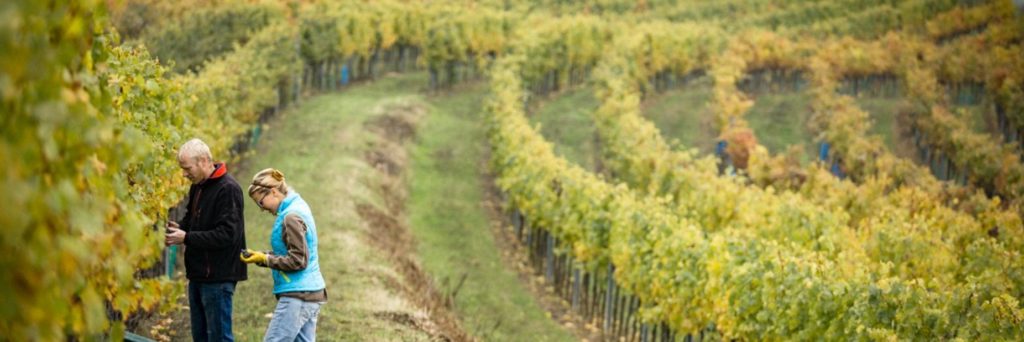
Zweigelt has been embraced by many regions across Austria and has also made a home for itself in the Weinviertel region. Weingut Christoph Bauer is based in the village of Haugsdorf and runs approximately 20 hectares of organically managed vineyards. Christoph and his wife Heidi pride themselves on balancing a combination of old traditions and new ideas and that philosophy has definitely translated to their 2017 Zweigelt.
Older devotees of the variety will be drawn to this wine on looks alone; it is inky crimson, bordering on purple. And more recent converts will enjoy its almost Pinot-like, slightly sour cherry fruits and white peppery spice, a signature of the Weinviertel. The palate weight is medium by Australian preferences but is gaining weight and gravitas as it ages, which it has done very gracefully for a wine retailing at only €6.50 (about $9.60 AUD! Bonkers!) I enjoyed this wine with roast beef and I could not have been happier.
The last of the wines I pulled from the cellar hails from Germany, the Wurttemberg region to be precise. Weingut Knauss is a multi-generational family business with three generations still working in the vineyard and winery. A less-is-more philosophy reigns here so each vintage can express itself without the burden of having to be anything but itself.
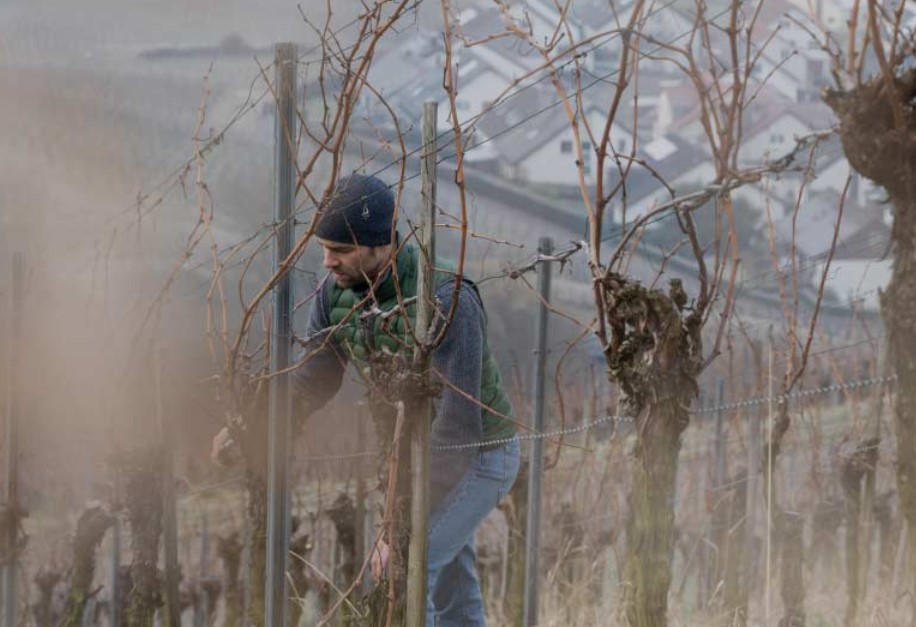
The current steward of the winery is Andreas Knauss who values a no-frills approach to his winemaking; ecologically sound vineyard management and yield restriction have the biggest influence on the fruit so most of the work is done by the time it arrives in the winery. Their wines are all about the finer detail; there are layers of sophistication and elegance that don’t rush to reveal themselves but reward the patient and attentive drinker.
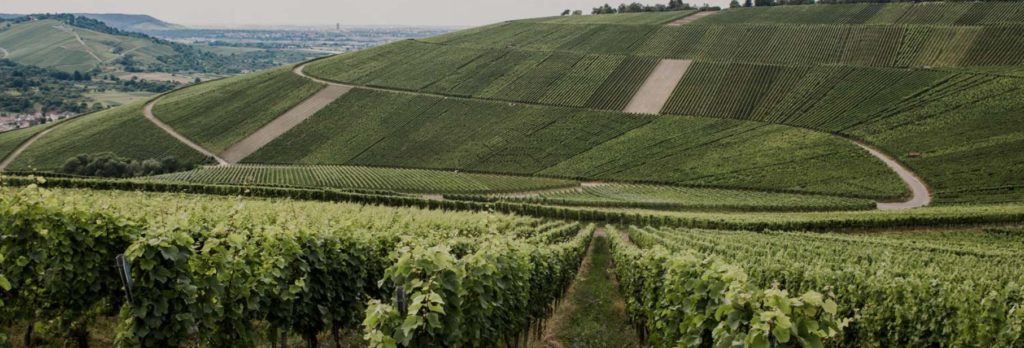
The 2016 ‘Pure’ Zweigelt was made in as minimal interventional method as I have seen, wild ferment, unsulphured, no filtering, no CO2 and no additives of any kind. Talk about walking a tightrope! Wines made using such ancestral methods can very easily go wrong; I have had the misfortune to taste many myself, but this was not one of those times. The wine sits cloudy and mysterious in the glass, it has secrets and is still weighing up whether or not it wants to share them. It yields little at first; but once it decides it likes you, it sends over wisps of crushed anise, tarragon and white pepper spice. The palate is all red, black and blue like the building clouds of a thunderstorm in the tropics; red currant, ripe plum and black cherry. This is a wine best enjoyed fireside, snuggled up in comfortable silence with a loved one. No one needs to say anything, this wine will speak for both of you.
Zweigelt can be many things; I have enjoyed it as a sparkling, a rosé, a light summer red served chilled, and heavier styles bold as brass. Like all of our favourite varieties, it speaks of its place if we just take the time to listen. When our Zweigelt block was in its first flush of youth, it yielded a rosé that was distinctly different to what was commercially popular but still a favourite of those in the know. As the vines aged, they produced wines that happily claimed a spot on the picnic rug and seat at the BBQ, and now as they reach adulthood are making wines that will age and confidently hold their own at any important toast.
I am filled with excitement and anticipation; I cannot wait for what is to come from future vintages of the Hahndorf Hill Zweigelt but wait we must. In the meantime, I heartily encourage you to seek out the wines listed above.
Prost, Jack.

